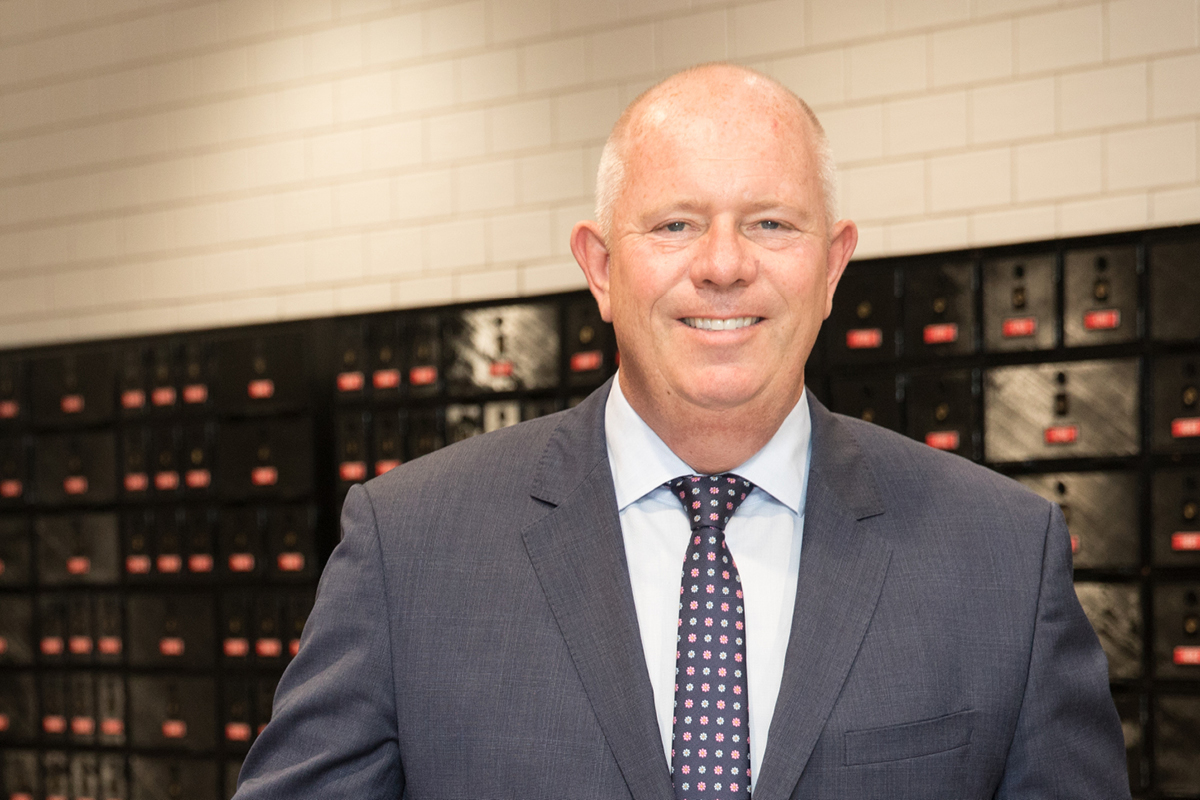In July 2014, Bob Black stepped down from his post as Managing Director of TNT Express Australia. He’d also just turned 50.
“It’s a significant milestone that you think is never going to happen for a long time until it gets closer,” Bob reflects.
In addition, a number of personal circumstances led him to feel that it was probably the right time to leave TNT.
Bob returned to Europe and by October, he had signed off on all the deeds and was awaiting receipt of two container loads of his home contents from Australia.
Then one day, he received a call he wasn’t quite expecting. It was from executive recruiter Lynne Nixon.
‘Hey, I’ve been told you’ve resigned from TNT and are back on the market,’ she said
to Bob.
‘Yes, and I’m just concluding my notice period,’ Bob replied.
‘Well, we’ve got an opportunity. for you.’
Bob admits that he wasn’t really looking for anything right away, but he couldn’t help but be intrigued.
‘It’s with someone called Ahmed Fahour.’ He was the Australia Post Group CEO and Managing Director at the time.
‘He’s in Australia.’
‘Yes, so am I.’
‘Well, I just left Australia.’
‘Can he speak to you?’
“So that’s how this new journey began,” Bob recounts. “Ahmed wanted me to return to take responsibility for Australia Post’s booming Parcels business.
With the growth in online sales and ecommerce developing quickly, he was looking for me to take the reins as CEO of StarTrack (an Australia Post acquisition) and Executive General Manager of the Australia Post Parcels business – a workforce of more than 15,000 employees, 5,000 contractors and a turnover in excess of A$3 billion.
“It just about really getting everybody focused on the basics and getting my team in place. You need six to nine months to do that. I had three.”
“It was a position of interest and Ahmed was very persuasive. One month later, I was saying my ‘goodbyes’ to the UK once again.”
Bob hadn’t planned on returning but, according to him, the time has just flown by. “Your first year’s pretty much set – getting the basics right, looking at the business, making sure we’re back on track.
We’d had a sticky period of around 12 to 18 months,” he adds. “It was just about getting everybody focused on the basics and getting my team in place. You need six to nine months to do that. I had three.”
Before Australia Post & StarTrack
The relationship between Bob and TNT goes back a long way. He joined the then Australian global courier in 1983. At the time, he was studying for a maths computing degree and had a summer job with TNT.
The company was about to go through a major transition. Everything was being done manually, with paperwork and handwritten driver manifests and consignment notes accompanying every parcel delivered.
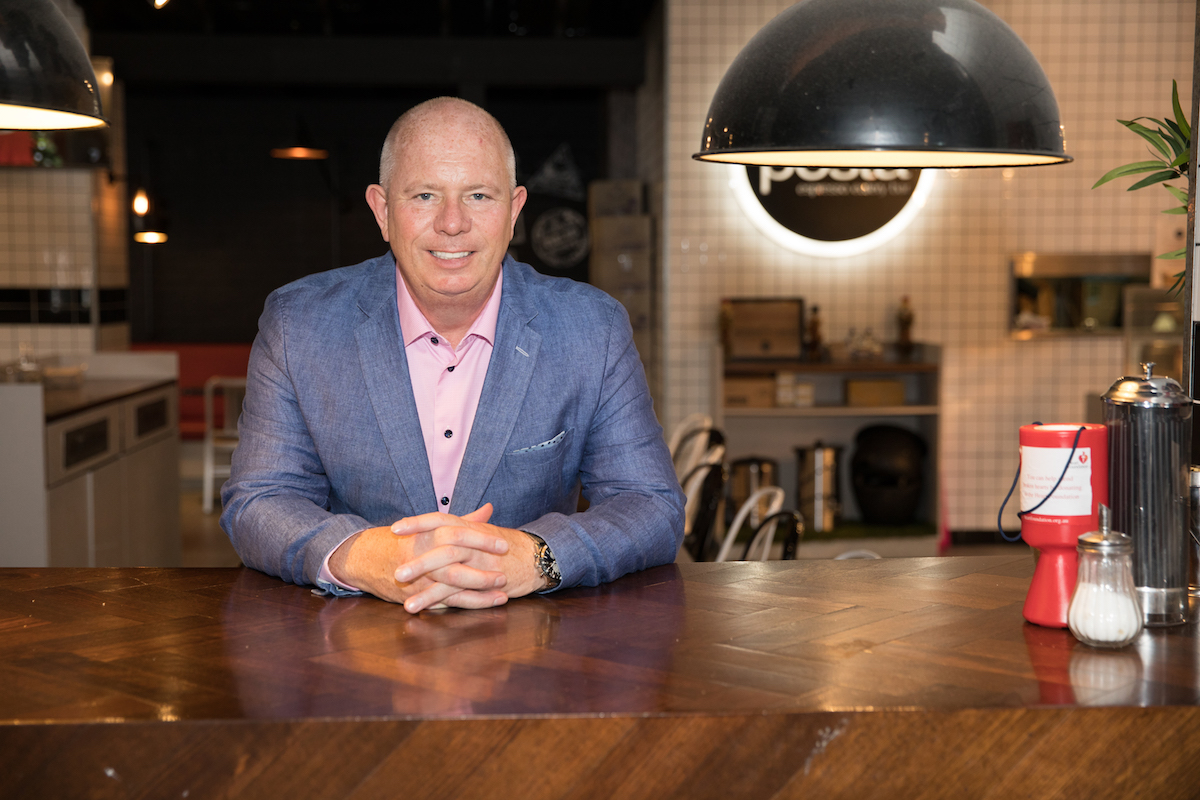
The era of computerisation was about to arrive. “That gave me a couple of lifts early on in my career. A lot of ex-truck drivers who had been around for a long time in what was then called the ‘traffic office’ couldn’t see computers working.
I’d been doing a degree on that basis,” Bob recalls.“From then on, I decided that it was no longer a bit of fun and money during my younger years.
It needed to be a career and I got on the right track to make that work and take the job more seriously.”
Bob moved from the north of England down to London. There, he honed his skills in areas such as general management, people management, people skills, sales, customer experience and the like.
“Really, just earning my stripes,” he remarks. By 1989, at age 25, Bob became the General Manager for TNT in London, a role he says “was a big gig at the time”.
Later he also kicked off a value-added services business, which included financial services, digital and physical archiving, and an offshore data capture centre in Mauritius.
In 2009, Bob made the decision to move to Australia after working in Europe – in the UK, Germany and the Netherlands. Then, in Australia, he had opportunities to do some turnaround programs in Japan and Brazil.
“The part we had to play in Australia was to help enable and then monetise the real growth of the Asia–Pacific market. I spent quite a bit of time at the regional office in Singapore, but also in Japan and Korea.
I also worked in Brazil, a developing nation in terms of distribution and logistics, and with a large geographical expanse, similar to Australia.”
By the time Bob left TNT Australia, he had worked there for 31 years.
Business shift
Reflecting on his time in the industry, Bob says the biggest change in his career has been the shift from a business-to-business (B2B) to a business-to-consumer (B2C) marketplace.
Now the consumer has the ability to shop the world at their fingertips in a way they couldn’t a decade ago. Back then, B2C was a very small fraction of parcel deliveries, with very few parcel deliveries sent to homes.
Now, according to Bob, around 90% of Australia Post deliveries go to a consumer rather than a business.
“That’s a massive switch and it has forced technology to catch up because the consumer is so much more demanding. When you deliver to a business, the recipient is usually open from 8 am to 5 pm and they are waiting for you.”
“When you deliver directly to a consumer, you’re going to an entirely new sort of scenario. You could be going to a pensioner, to teenagers ordering goods online, to small families, hipsters, middle-aged couples, and so on.”
“You’ve got this whole range of people and each one of them has a different expectation from the delivery service. Technology is the only thing that can enable us to make sure we can personalise the experience.”
The pressure is now on for Australia Post and StarTrack to keep up with rising expectations to have packages delivered into the hands of consumers as soon as humanly possible.
“We are developing our international capability constantly – global merchants are such an important part of our future,” Bob explains.
“We want to enable all global retailers to sell their products to Australian consumers and we need to develop services to enable this.”
“But, just as importantly, we need to enable Australians to sell overseas and expand their market opportunities, and whether an individual, small business or enterprise, we’re here to provide the service they need.”
Automatic reply
Machine delivery will, without doubt, be the way of the future. Australia Post is currently working with Telstra on rolling out 36,000 hand-held scanners on an Android base to its frontline delivery workers.
Bob says this is a major piece of work that Australia Post has been trialling, with 1,000 of the new scanners in the network.
“We’re now in the process of signing contracts and moving to the next stage, rolling out another 35,000 scanners, or 2,000 every month, over the next 18 month,” he adds.
Such advancements would not be possible without access to capital. Australia Post has spent more than A$1 billion over the past five years on the development of its technology and automation, and on asset replacements.
Bob acknowledges the significant spend, but justifies it by saying that a A$6 billion business like Australia Post is also significant.
“We’ve got to continue to replace assets, and improve and develop. The great thing with a lot of this is that assets such as mobile handhelds depreciate over four years because technology changes so quickly.”
“By the time we’ve rolled the 36,000 scanners out, we’ll be moving on to the next generation of devices. Then that asset will be coming to the end of its depreciated life and we’ll go again.”
Amid all these changes in consumer preferences and behaviour, Australia Post has seen a major transformation over the past two years.
The strategy then for Bob is bringing its significant infrastructure and network together, making sure it’s centred around customer needs and expectations.
“My overarching role now is to take Australia Post’s delivery business – parcels, letters, StarTrack – and build the ultimate network enabling customers to trade, whether it’s B2B, B2C, C2C or B2B2C,” explains Bob.
“Whether our customers want to lodge with us over the counter, or want collections from home or business; whether they’re government accounts or large corporate accounts – giving them the ability to trade with us, picking anything up from anywhere and delivering to anybody anywhere – it’s the whole business I now take responsibility for.”
Uniquely Aussie
Bob is driven by the opportunities associated with joining a company where, in his words, “community is at the heart of everything”.
He feels a huge sense of pride working for an iconic Australian company, but also a huge amount of responsibility to be there for whatever small businesses, large businesses or the community and consumers require.
“We have the broadest depth and reach. We go to 11.5 million addresses every single day. We’re here to serve 24 million Australians. We want to do that, whether it’s in our post offices, providing passports, driver’s licences and documents, or selling merchandise in 4,500 retail outlets.”
If that wasn’t Aussie enough, Australia Post has also had a long-running partnership with Qantas. In December last year, it lifted its dedicated fleet of freighters from six to 10.
The amount of freight it has transported is up 20% on last year, which is pretty incredible. Australia Post currently has three 146s and three 737s, one of them being
the 737-400F, which is the largest freighter aircraft of its type in Australia, with a shifting capacity of about 15 tonnes.
“We fly that from Sydney to Melbourne, and Melbourne to Perth. It’s amazing. Qantas did the retrofitting for us,” Bob says.
“The plane came into service in October 2017 and gives us a larger capacity for that east-to-west journey, which is fabulous.”
Follow the leader
Bob has eight direct reports and four functional reports covering his enterprise responsibilities. Each time he holds a team meeting, every Monday morning over video conference, all 12 reports are invited regardless of the relevance to their portfolio and related responsibilities. It helps everyone stay abreast of the team’s work.
Australia Post has more than 200 projects under 30 different programs operating across four major network streams.
“You’ve got to get that team cohesion around your goals and objectives. However, not everybody’s at the meeting every week, because people have other commitments and I’m okay with that,” explains Bob.
“We want everybody in our frontline leadership team to be empowered to give a positive first response and deal with any issue they come across.”
When it comes to leadership, Bob first mentions honesty and integrity. Then he talks of leading with passion and enthusiasm. Then empathy and understanding of what your team needs.
“I’d say in most instances, I bring that. I’m always very clear with what I want. I tell it like it is. I don’t believe in glossing over things. I think it’s best to talk about things as they are, address the problems that confront us as a team, but let’s not kill each other. “
“That’s one of the things I say to the team quite regularly: ‘If this is a problem, let’s
deal with it’.”
Bob cites the motto of the school his daughters attend as inspiration for his own approach to his work. “Their motto is, ‘Be the best you can be.’ I love that. It’s so simple.
Not everybody is going to be a managing director by next week, but they’re going to work hard to get to where they want to be. What I like to see is people realise their full potential. “It’s the same with the business.
I want the business to realise its full potential in the Australian market. Anything less than that is a shortfall. The same goes for the team.”
Signed, Sealed and Delivered
But it’s one thing to talk about effective leadership and being the best. It’s another to back up the talk and deliver on that promise.
When Bob accepted the Transport and Logistics Executive of the Year Award at The CEO Magazine’s 2017 Executive of the Year Awards in November last year, he deftly steered the attention away from himself and towards the organisation more broadly.
At that moment, it became clear that he practises what he preaches.
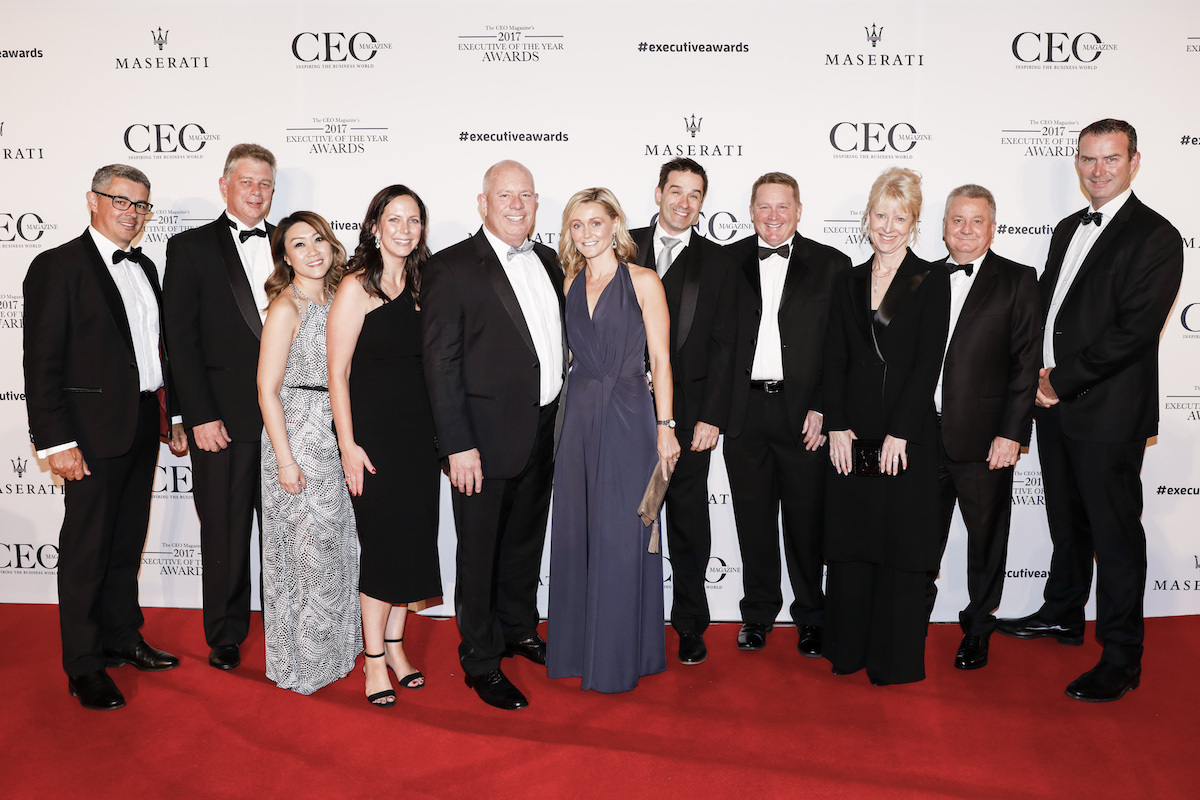
“We’ve got 36,000 people in our team and it’s not my award. It’s the team’s award,” he said, on accepting the honour. “It’s for all their hard work and determination and what they deliver in terms of customer satisfaction. For all our customers, everybody in our team, this is amazing.”
Achieving such a logistical feat was only possible as Bob and his leadership team were able to communicate the rationale of the changes he was proposing.
As the logistics industry transitions to ecommerce at breakneck speed, the importance of the task cannot be overstated.
Australia Post and StarTrack currently handle more than 80% of the nation’s B2C parcel deliveries, and three out of four of those parcels are purchased through online ecommerce.
Guiding the leadership team towards a unified vision was very much at the top of Bob’s agenda, requiring an unwavering commitment to developing leaders at all levels of the organisation.
Of the many programs, Australia Post and StarTrack have put in place to promote the cause of organisational and cultural unity, Bob is particularly proud of its internal talent program, now in its fourth year, with a strong mentoring component with senior leaders.
The other programs Bob singles out are the company’s Women in Operations Program, and Project Me, both developing the future female leaders of Australia Post and StarTrack; where one of its participants could well rise to become the next Christine Holgate, who has been the Australia Post Group CEO and Managing Director since October 2017 and is the first female appointed to lead the Group.
She was also the first woman to receive The CEO Magazine’s CEO of the Year Award in 2015 when she was at the head of Australian health supplements firm Blackmores.
The judges were impressed by Christine’s unwavering passion for helping people, as she outlines: “I trained to be a buddy for a young man with HIV in the UK, and I like to support where I can.
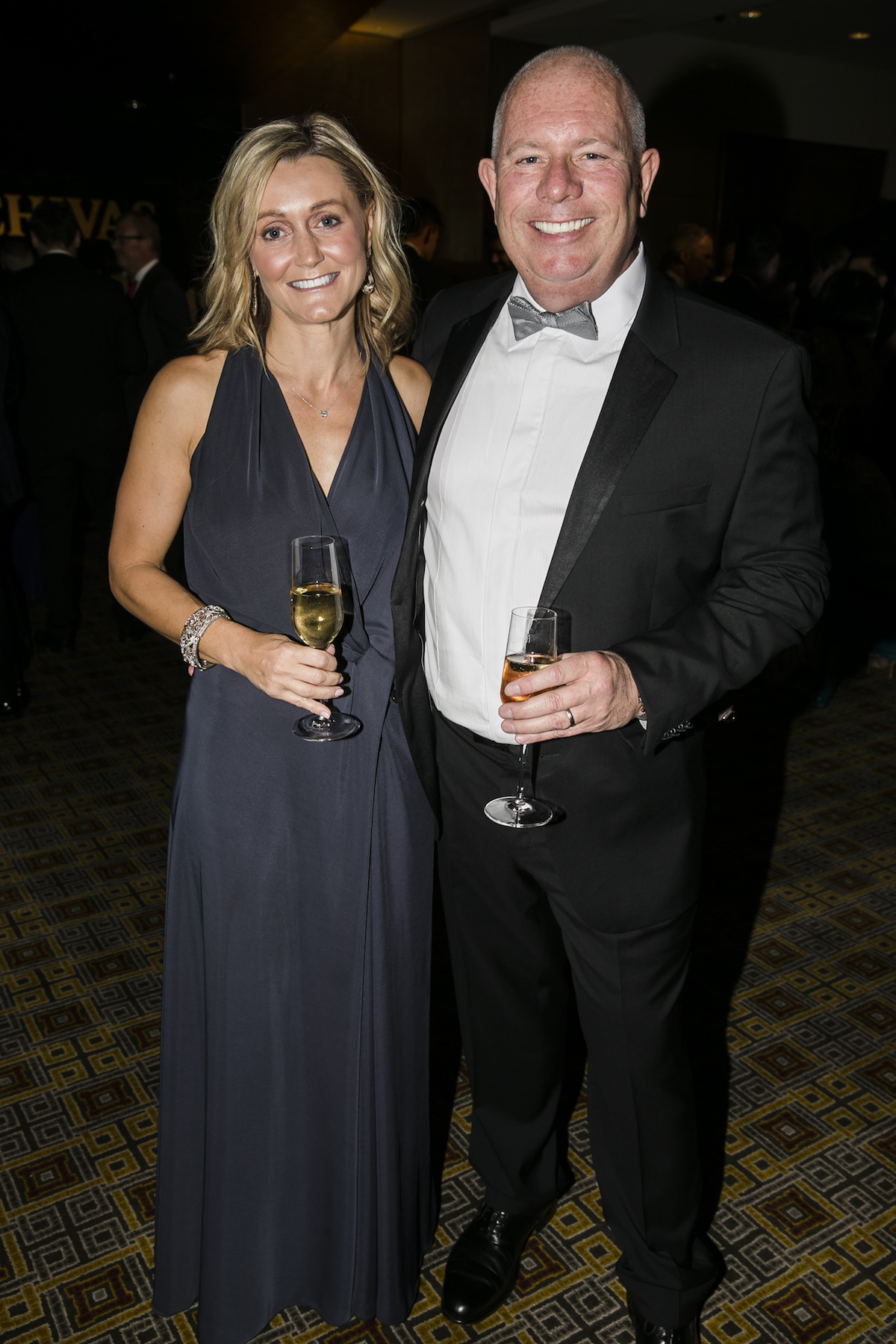
At Christmas, I’ve often been a part of campaigns like Crisis at Christmas, and I worked for almost two years at a soup van.
I had the job of combing people’s hair when they came in – they’d often not be in the best state and no-one wanted that job – but I loved it because it gave me the chance to really talk to the people,” she told the audience at Crown Melbourne when she accepted the honour.
Her empathetic streak went beyond customers and stretched to employees as well. “We have barbecue get-togethers here at work quite often, where I give a company update,” she continued.
“And I love that people here know that they can approach Marcus [Blackmore] and me. I had one man tell me that he loves the fact that he can go to a friend’s barbecue and tell them just how much he loves his job, and he’s never had that before. That is very special to me.”
The importance of everyone having a sense of support and purpose in keeping an organisation united and fostering a warm atmosphere in the workplace was certainly not lost on Christine.
When people have strong virtues and pursue them with passion and purpose, she knew it was going to be a great enabler for success.
“No matter what journey has brought someone here, we are all in it together, working to improve people’s lives, empowering them through natural health.”
Christine understood that being a leader of a large organisation was more than just making big decisions in a powerful position.
It was about understanding the organisation down to the finest of details – the aspects of an organisation that the boardroom meeting or the balance sheet simply does not, and cannot, account for.
For Bob, there was only one way he could do that properly. Like Christine, he had to reconnect with customers and employees on the frontline. He too had to spend some time on the ground.
Once every six weeks, Bob and his leadership team spend two days together at a location where they’ve got a major change or development program happening.
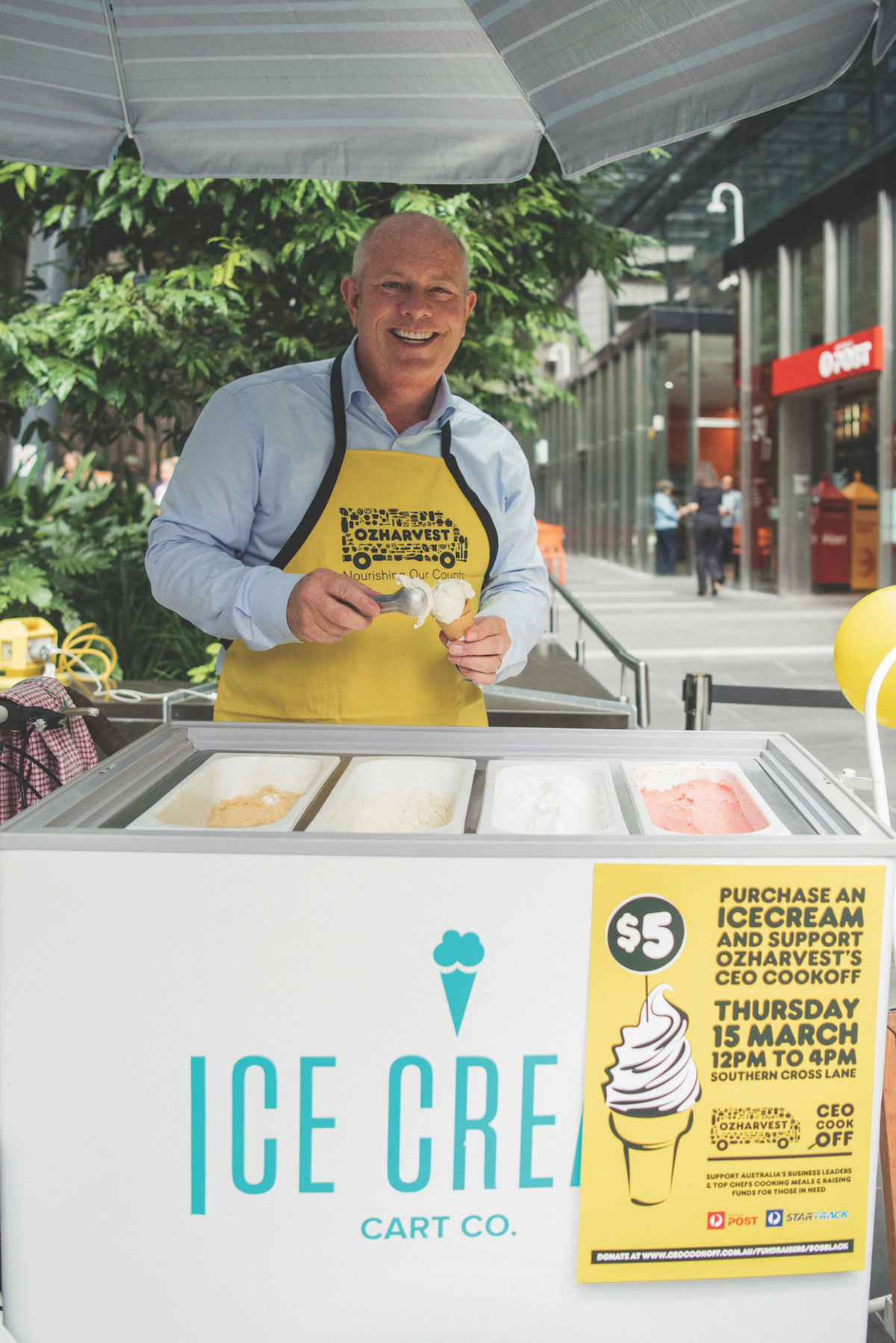
Bob says they spend a day in the office, talking about important items on the agenda. The second day they spend on the floor.
“So, we’ll go out with a driver, sit in customer service centres or talk with one of our salespeople. Then we’ll meet at the end of the day, or talk by video chat the next day, depending on what our time schedules are.”
“And we’ll debrief on what we saw and heard, what pain points people have, and what we can do about them.”
At each visit, Bob experiences and learns something new. Setting the suit aside for a couple of days, he dons a shirt and jeans and gets back to the shop floor.
One time, he recalls being put through his paces by two female workers on the sorting floor. “They treated me like a new recruit. They didn’t care that I was the Group COO of Australia Post and CEO of StarTrack.”
“I said to them I know how the process works, but I don’t know what you do exactly. A couple of times I did it wrong and they called me out.” Bob recalls the two women loved seeing him work hard.
Afterwards, he went to the canteen to sit down and talk with the staff. There he was joined by a Vietnamese man who shared his homemade lunch with Bob.
“It was so humbling. It was amazing. I sent his wife a thank-you card and voucher, although I’m not sure he had told his wife he had shared!”
Another story Bob tells is when he bumped into a worker in one of the retail stores in the Sydney CBD. She was filling in for someone but lived in Penrith in Sydney’s western suburbs.
She asked Bob if he could visit her post office in Penrith and meet with her and other members of the team. “We had a great time talking about the local area, the business and their customers over a nice cup of tea.”
Then there was the time Bob was informed that one of the workers from the Parramatta office had detected some criminal activity, where someone had come in with two different driver’s licences to pick up different parcels.
“They reported it to the police, and the police eventually caught the guy,” he remembers.
“The worker said to me, ‘Wish you’d come here.’ So I went to Parramatta. They put on a whole morning tea for me. I also bought a couple of bits and pieces from the shop.”
Much like the TV show Undercover Boss, the workers have no qualms in treating their boss as just another bloke down the street.
Bob realises that spending a few hours in different positions and roles is a brilliant way for a leader to have a full understanding of the organisation they run.
Without that, there’s a feeling of alienation – that they’re not truly a part of the organisation they’re supposed to be leading.
“We’ve got a few hundred facilities with around 50,000 employees. It’s a ripple effect. You want to go to every single one, but you can’t so you visit as many sites as possible.
“Once you visit some of the sites, the news gets out. People write to ask me if I could visit their facility the next time around,” Bob adds.
“It just keeps your feet on the ground, and the teams love it. It’s hard to explain the community feeling this organisation has.”
“People love doing the right thing. I’ve never worked in a business where 99% of the people genuinely feel like they want to do the right thing for the community and the population as a whole. It’s got this huge community spirit. It’s incredible.”

